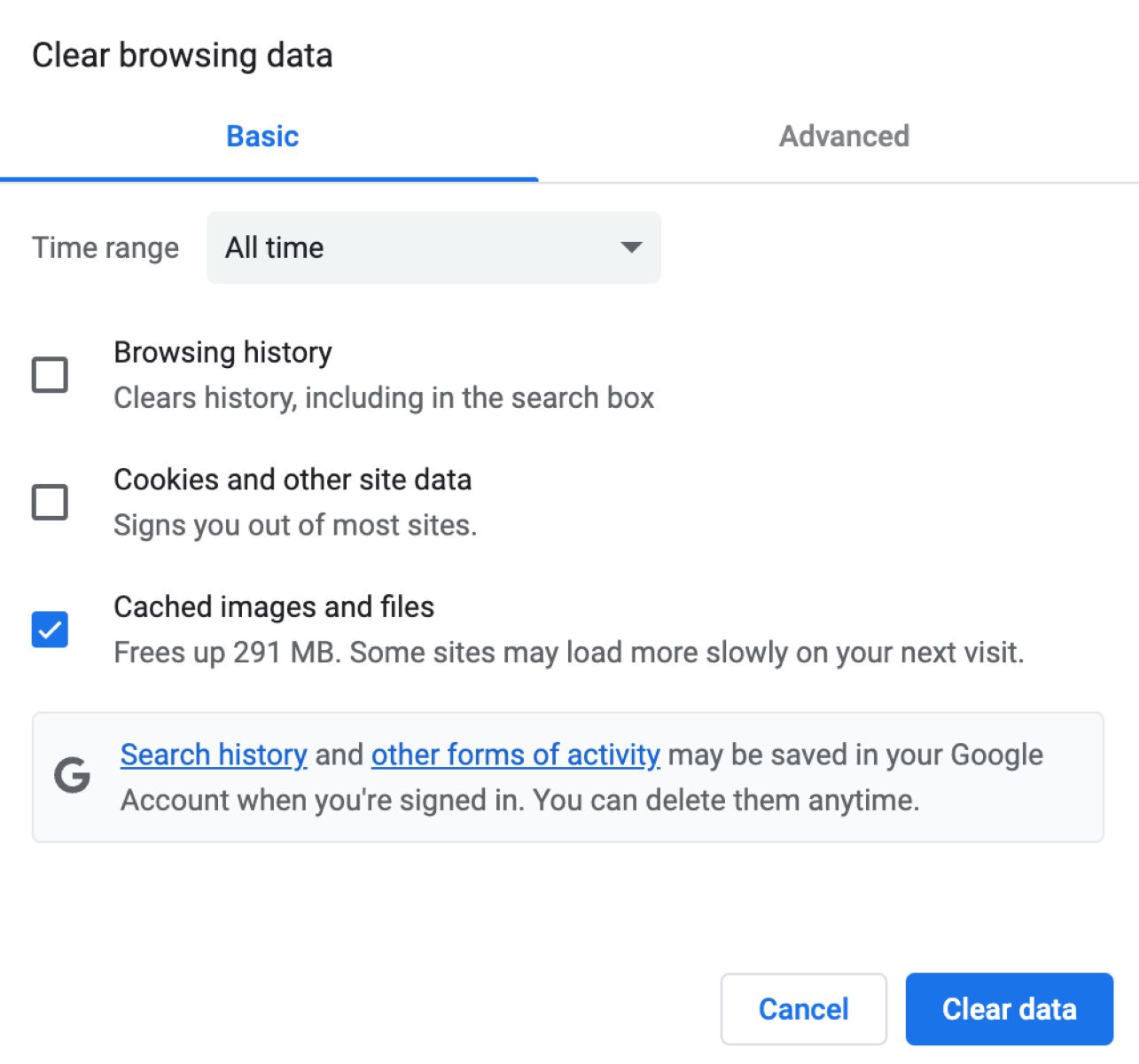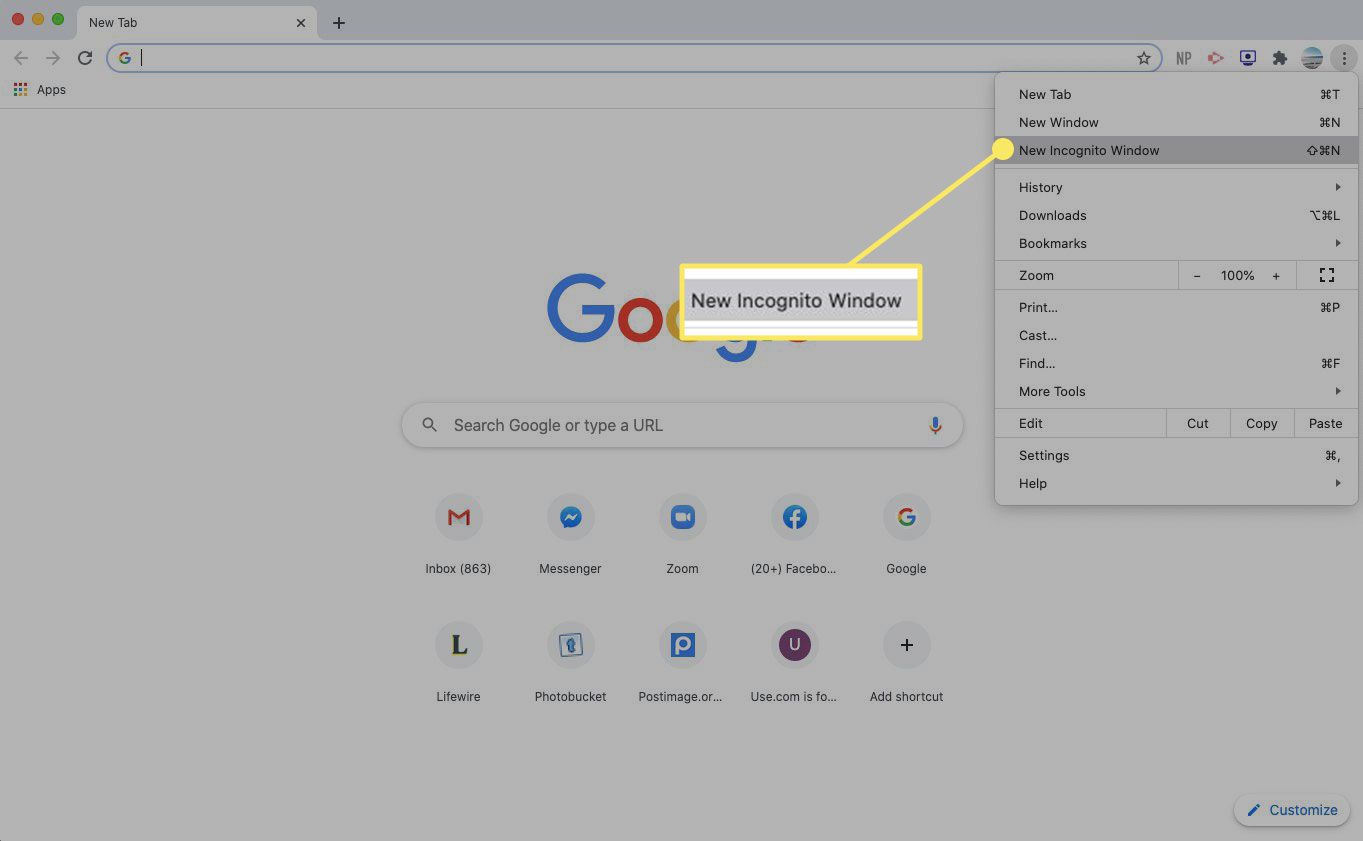Introduction
Safari is a popular web browser known for its sleek interface and seamless performance on Apple devices. However, many users have encountered a frustrating issue where Safari unexpectedly closes tabs, disrupting their browsing experience. This perplexing behavior often leaves users wondering why Safari is prone to such abrupt tab closures.
Understanding the reasons behind this perplexing behavior is crucial for users seeking to mitigate this issue and enjoy a smoother browsing experience. In this article, we will delve into the various factors that can lead to Safari closing tabs unexpectedly. By shedding light on the underlying causes, we aim to empower users with the knowledge needed to address this issue effectively.
Let's embark on a journey to unravel the mysteries behind Safari's tab-closing tendencies. We will explore the intricate workings of Safari's memory management, the impact of low memory warnings, the role of background app refresh, the importance of keeping Safari and iOS updated, and the benefits of clearing the Safari cache. Through this exploration, we will gain valuable insights into the inner workings of Safari and discover practical strategies to prevent untimely tab closures.
Join us as we navigate through the digital landscape to uncover the secrets of Safari's tab-closing behavior. By the end of this journey, you will be equipped with the knowledge and tools to enhance your browsing experience and bid farewell to unexpected tab closures in Safari.
Memory Management in Safari
Safari, like all web browsers, relies on efficient memory management to ensure smooth performance and optimal user experience. Within the intricate framework of Safari's memory management, various factors come into play, influencing the browser's behavior, including the handling of open tabs.
When users open multiple tabs in Safari, each tab consumes a certain amount of memory to store and process the web content. As the number of open tabs increases, so does the overall memory usage of the browser. This can potentially strain the device's available memory resources, especially on older or less powerful devices.
Safari employs a sophisticated memory management system to prioritize active tabs and optimize memory allocation. When the available memory becomes limited, Safari may initiate memory-saving measures to maintain the browser's stability and responsiveness. One such measure involves unloading inactive tabs from memory, effectively closing them to free up resources for the active tabs.
This memory-saving mechanism is designed to prevent excessive memory usage, which could lead to sluggish performance or even system instability. By dynamically managing the allocation of memory resources, Safari aims to strike a balance between efficient tab management and overall system performance.
However, this memory management strategy can result in the unexpected closure of tabs, especially those that have been inactive for an extended period. Users may encounter situations where they revisit a previously opened tab, only to find it has been closed by Safari due to memory constraints.
Understanding Safari's memory management intricacies can provide valuable insights into the factors influencing tab closures. By recognizing the browser's efforts to optimize memory usage, users can adopt strategies to minimize the impact of tab closures, such as periodically refreshing inactive tabs or reducing the number of concurrently open tabs.
In essence, Safari's memory management plays a pivotal role in shaping the browsing experience, influencing the handling of open tabs and the overall performance of the browser. By gaining a deeper understanding of this aspect, users can navigate the digital realm with greater awareness and make informed decisions to enhance their browsing experience within the bounds of Safari's memory management framework.
Low Memory Warning
In the realm of digital devices, memory serves as a critical resource that underpins the seamless operation of various applications, including web browsers like Safari. When the available memory on a device becomes constrained, it can trigger a series of responses aimed at preserving system stability and preventing performance degradation. In the context of Safari's tab-closing behavior, the emergence of low memory warnings holds significant relevance, offering valuable insights into the underlying mechanisms at play.
When a device's memory resources are nearing exhaustion, the operating system, in conjunction with Safari, may issue low memory warnings to alert users to the impending constraints. These warnings serve as proactive indicators, signaling that the device's available memory is approaching critical levels. In response to these warnings, Safari may initiate memory-saving measures, such as closing inactive tabs, to alleviate the strain on the limited memory resources.
The occurrence of low memory warnings in Safari can manifest as a pivotal juncture where the browser's memory management mechanisms come into play. As the browser strives to maintain optimal performance within the confines of constrained memory, the handling of open tabs becomes subject to dynamic adjustments. In this context, users may observe the unexpected closure of tabs, particularly those that have remained inactive for extended periods, as Safari endeavors to mitigate the impact of low memory conditions.
Understanding the implications of low memory warnings in Safari empowers users to adopt proactive measures to mitigate the risk of tab closures. By heeding these warnings and taking preemptive actions, such as reducing the number of concurrently open tabs or periodically refreshing inactive tabs, users can exert a degree of influence over Safari's memory management decisions. This proactive approach enables users to navigate the browsing landscape with heightened awareness, leveraging their understanding of low memory warnings to optimize their browsing experience.
In essence, low memory warnings in Safari serve as pivotal indicators, heralding the onset of constrained memory conditions and prompting the browser to enact memory-saving measures. By recognizing the significance of these warnings and their impact on tab management, users can navigate the digital realm with a deeper understanding of Safari's memory management dynamics, empowering them to proactively engage in strategies that mitigate the risk of untimely tab closures.
Background App Refresh
Background App Refresh, a feature integrated into iOS, plays a pivotal role in maintaining the functionality and responsiveness of apps, including Safari. This feature enables apps to update their content and data in the background, ensuring that users encounter up-to-date information and seamless transitions when switching between apps. While Background App Refresh enhances the overall user experience by keeping apps current and ready for use, its impact on Safari's tab-closing behavior warrants careful consideration.
In the context of Safari, the interplay between Background App Refresh and tab management introduces a dynamic dimension to the browsing experience. As Safari operates within the broader ecosystem of iOS, it adheres to the guidelines and mechanisms governing background app activities. When Background App Refresh is enabled, Safari, like other apps, gains the capability to refresh its content in the background, maintaining the currency of web pages and ensuring swift access to updated information.
However, the interaction between Background App Refresh and Safari's tab management can influence the browser's behavior, potentially contributing to the unexpected closure of tabs. As Safari leverages background resources to refresh its content, the allocation of memory and processing resources becomes subject to dynamic adjustments. In scenarios where memory resources are constrained, Safari may prioritize background app activities, including content refresh, over the retention of inactive tabs, leading to their untimely closure.
Understanding the impact of Background App Refresh on Safari's tab-closing tendencies empowers users to adopt informed strategies to mitigate this issue. By evaluating the necessity of Background App Refresh for Safari and other apps, users can make conscious decisions to optimize memory usage and minimize the risk of tab closures. Disabling Background App Refresh for Safari, if deemed feasible, can alleviate the strain on memory resources, potentially reducing the frequency of tab closures and enhancing the browsing experience.
In essence, Background App Refresh serves as a double-edged sword, enriching the functionality of apps while potentially influencing Safari's tab management. By recognizing the intricate interplay between Background App Refresh and tab-closing behavior, users can navigate the iOS environment with heightened awareness, leveraging their understanding to tailor the settings and configurations that best align with their browsing preferences and memory management needs.
Update Safari and iOS
Keeping Safari and the underlying iOS system updated is paramount in ensuring the stability, security, and optimal performance of the browsing experience. Regular updates introduce enhancements, bug fixes, and security patches that address known issues and vulnerabilities, thereby fortifying the browser and the operating system against potential threats and performance limitations.
When it comes to Safari, updates often encompass improvements to its rendering engine, JavaScript performance, and overall compatibility with evolving web standards. These updates not only bolster the browser's capabilities but also contribute to a smoother and more reliable browsing experience. By staying abreast of the latest Safari updates, users can benefit from enhanced performance, improved compatibility with web content, and a reduced likelihood of encountering issues that could disrupt their browsing sessions.
Similarly, updating the iOS operating system on Apple devices is instrumental in maintaining the seamless operation of Safari and other apps. iOS updates typically encompass a wide array of enhancements, ranging from performance optimizations and feature additions to critical security patches and bug fixes. By ensuring that the device's operating system is up to date, users can mitigate the risk of compatibility issues, security vulnerabilities, and performance bottlenecks that could impact the functionality of Safari and its tab management.
In the context of tab closures in Safari, updating the browser and iOS can yield tangible benefits in mitigating this issue. By incorporating the latest improvements and fixes, users stand to gain a more robust and stable browsing environment, reducing the likelihood of unexpected tab closures stemming from underlying software issues. Furthermore, staying current with updates enables users to leverage the latest memory management optimizations and performance enhancements, which can contribute to a more seamless and responsive browsing experience.
In essence, the act of updating Safari and iOS serves as a proactive measure to fortify the browsing environment, enhance performance, and mitigate the risk of encountering tab-closing issues. By embracing a proactive approach to software updates, users can harness the full potential of Safari while minimizing the impact of underlying software-related factors that could lead to untimely tab closures.
Clearing Safari Cache
Clearing the cache in Safari can serve as a potent remedy for addressing a myriad of browsing-related issues, including the perplexing problem of unexpected tab closures. The cache, a repository of temporary internet files and data stored by the browser, plays a pivotal role in expediting the loading of web pages and optimizing the browsing experience. However, over time, the accumulation of cached data can lead to performance degradation, compatibility issues, and unexpected behavior, potentially manifesting as untimely tab closures.
By clearing the Safari cache, users can effectively purge accumulated data, including cookies, browsing history, and cached files, thereby rejuvenating the browser's performance and rectifying underlying issues that may contribute to tab closures. This process not only frees up valuable storage space but also enables Safari to reacquire fresh data from websites, potentially resolving inconsistencies and mitigating the risk of encountering unexpected tab closures.
The act of clearing the Safari cache can be initiated through the browser's settings, typically found within the "Safari" section of the device's settings app. Upon accessing the Safari settings, users can navigate to the "Clear History and Website Data" option, which presents the opportunity to purge the accumulated cache and browsing history. By executing this action, users can effectively reset Safari's cache, potentially alleviating the factors that contribute to tab closures and enhancing the overall browsing experience.
In addition to addressing tab-closing issues, clearing the Safari cache holds the potential to enhance privacy and security by eradicating stored browsing data, including cookies and site-specific preferences. This proactive measure not only contributes to a more streamlined browsing experience but also aligns with best practices for maintaining privacy and security in the digital realm.
In essence, clearing the Safari cache stands as a proactive and impactful strategy for mitigating tab-closing issues and revitalizing the browsing experience. By embracing this approach, users can harness the rejuvenating effects of cache clearance, potentially minimizing the impact of underlying factors that contribute to unexpected tab closures while fostering a more responsive and reliable browsing environment.
Conclusion
In the ever-evolving landscape of digital browsing, Safari stands as a stalwart companion, offering a seamless gateway to the boundless realms of the internet. However, the enigmatic phenomenon of unexpected tab closures has left many users perplexed, seeking clarity amidst the digital labyrinth. As we conclude our exploration into the intricacies of Safari's tab-closing behavior, a tapestry of insights and strategies emerges, empowering users to navigate the digital realm with heightened awareness and resilience.
The journey through Safari's memory management has unveiled the delicate balance between efficient tab handling and optimal system performance. By understanding the dynamic interplay of memory allocation and tab prioritization, users can embrace proactive measures to mitigate the impact of untimely tab closures. The emergence of low memory warnings has emerged as a pivotal juncture, heralding the onset of constrained memory conditions and prompting users to adopt preemptive strategies to optimize their browsing experience.
The symbiotic relationship between Background App Refresh and Safari's tab management has illuminated the nuanced dynamics at play within the iOS ecosystem. Armed with this understanding, users can make informed decisions regarding the necessity of Background App Refresh for Safari, potentially alleviating the strain on memory resources and minimizing the risk of tab closures. Furthermore, the imperative of keeping Safari and iOS updated has underscored the proactive role of software maintenance in fortifying the browsing environment and mitigating the impact of underlying software-related factors.
As we navigate the final frontier of cache clearance, the rejuvenating effects of purging accumulated data have come to the fore. By embracing the act of clearing the Safari cache, users can breathe new life into their browsing experience, potentially resolving inconsistencies and mitigating the risk of encountering unexpected tab closures. This proactive measure not only contributes to a more streamlined browsing experience but also aligns with best practices for maintaining privacy and security in the digital realm.
In essence, our expedition into the enigma of Safari's tab-closing behavior has equipped users with a treasure trove of insights and strategies. By leveraging this newfound knowledge, users can chart a course towards a more resilient and rewarding browsing experience, fortified against the perplexing tides of unexpected tab closures. As we bid adieu to the mysteries that once shrouded Safari's tab-closing tendencies, let us embark on a new chapter, armed with awareness, resilience, and the unwavering spirit of digital exploration.

























